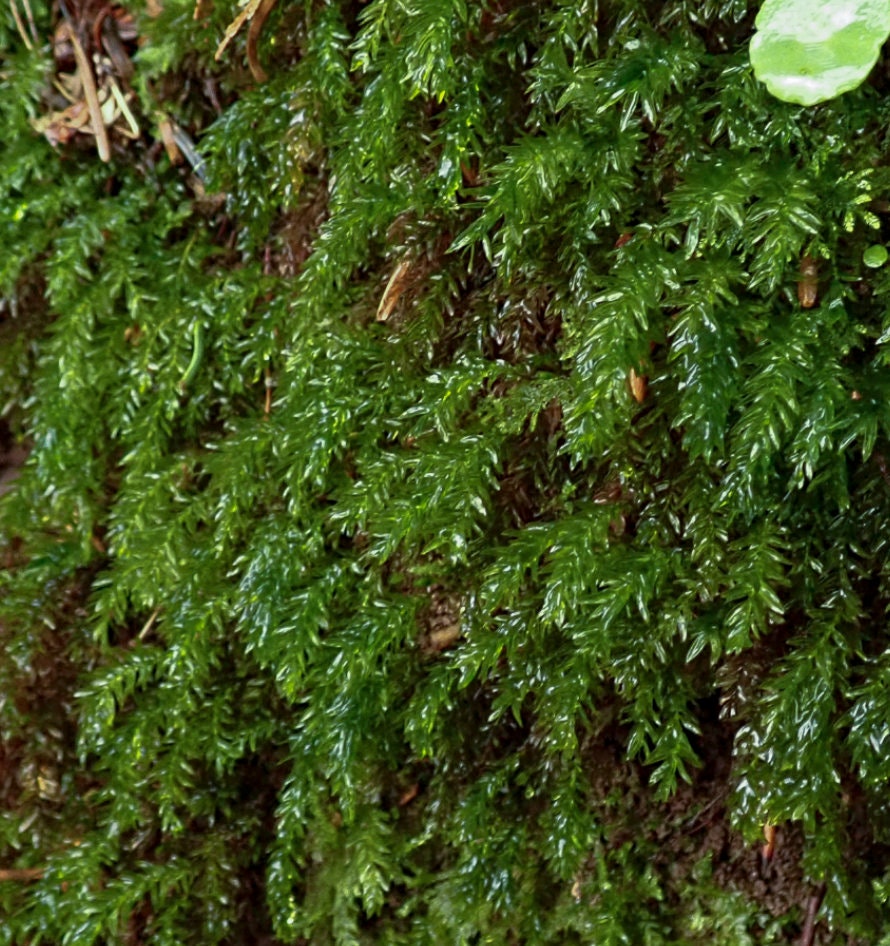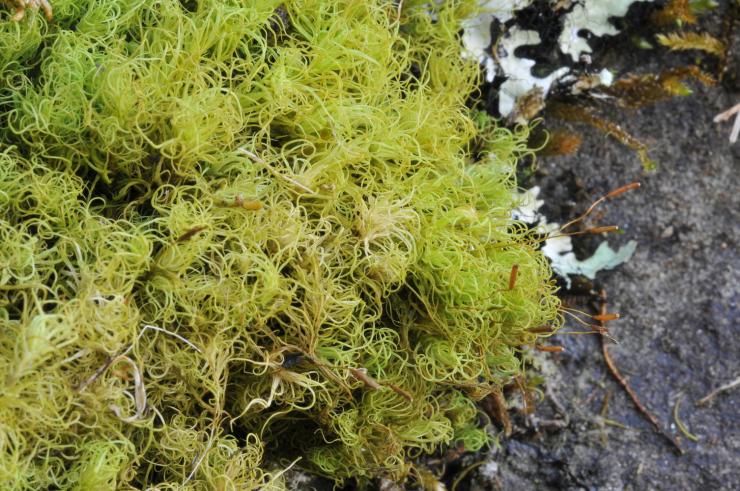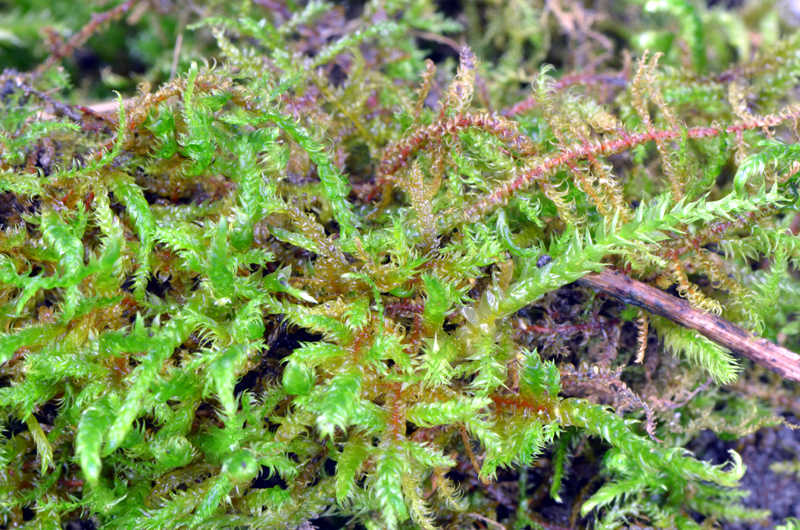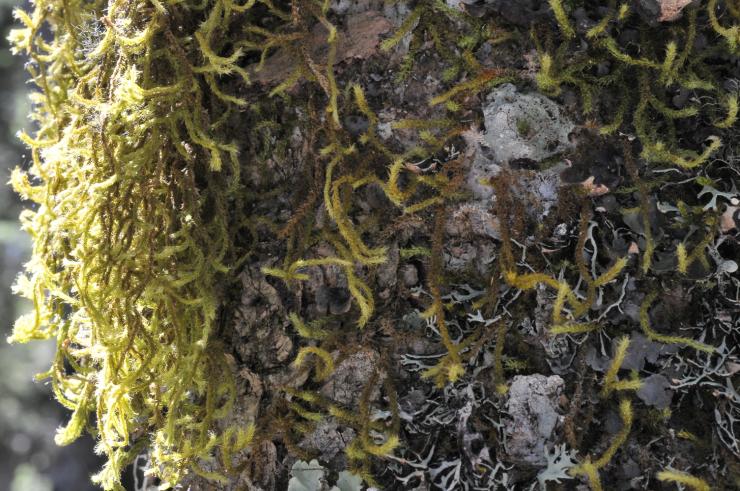
image from: https://www.sciencephoto.com/media/439363/view
Microthamnium Mitt.: The Fascinating Moss of the Hypnaceae Family
Introduction
Mosses are some of the most ancient and resilient plants on Earth, with over 12,000 species found across diverse habitats worldwide. One particularly interesting genus is Microthamnium Mitt., a member of the Hypnaceae family. In this blog post, we’ll take a closer look at the morphology, distribution, ecology, and importance of this fascinating moss.
Background on Mosses
Mosses are small, non-vascular plants in the division Bryophyta. Unlike other land plants, they lack true roots, stems, and leaves. Instead, they have rhizoids that anchor them and absorb water and nutrients. Mosses reproduce via spores rather than seeds and are found in moist environments on every continent.

image from: https://www.sciencephoto.com/media/439364/view

image from: https://www.sciencephoto.com/media/439368/view
Morphology and Identification

image from: https://www.sciencephoto.com/media/439367/view
Microthamnium mosses are small to medium-sized, typically growing in dense mats or tufts. Their stems are irregularly branched and creeping to ascending. The leaves are ovate to ovate-lanceolate, often concave, with a short double costa. Leaf margins are entire to serrulate. The alar cells are quadrate to short-rectangular.
Identifying Microthamnium to species can be challenging and often requires microscopic examination of leaf shape, costa length, alar cells, and sporophyte characteristics. However, the genus can usually be recognized by its overall growth form and branching pattern.

image from: https://www.thebryophytanursery.com/listing/1186187515/terrarium-moss-mnium-hornum-swans-neck

image from: https://www.thebryophytanursery.com/listing/1186187515/terrarium-moss-mnium-hornum-swans-neck
Global Distribution and Habitat
Microthamnium has a wide distribution, found in tropical and subtropical regions of the Americas, Africa, and Asia. It grows on various substrates including soil, rocks, tree trunks and branches, and even leaves in humid forests and woodlands. Some species seem to prefer limestone areas.

image from: https://www.sciencephoto.com/media/439366/view
Ecological Roles and Adaptations

image from: https://taieol.tw/muse/digi_object/d09c4cd9713aa3ed3d33a06d0ff339cf
Like other mosses, Microthamnium plays important ecological roles:
Nutrient cycling: Mosses trap and store nutrients, releasing them slowly over time. This helps maintain soil fertility.
Moisture retention: The dense growth holds moisture, preventing erosion and desiccation of the substrate.
Microhabitats: Moss mats provide shelter and foraging grounds for countless invertebrates and other organisms.
image from: https://sites.cortland.edu/bryophytes/field-guide/mosses/pleurocarp/hypnum-lindbergii/
Microthamnium has several adaptations for its environment:
- Concave leaves help channel water for efficient absorption
- Rhizoids anchor it to the substrate
- Spores allow long-distance dispersal to suitable habitats
- Desiccation tolerance lets it survive periodic drying
Conclusion
Microthamnium Mitt.

image from: https://taieol.tw/muse/digi_object/5c288503a07b98ea98b8f1ea8f885b55
is a prime example of how even tiny, inconspicuous organisms like mosses can have outsized ecological importance. From nutrient cycling to providing microhabitats, these resilient plants form a crucial part of ecosystems worldwide. The next time you see a patch of moss, take a closer look – you may be gazing at a miniature world teeming with life!